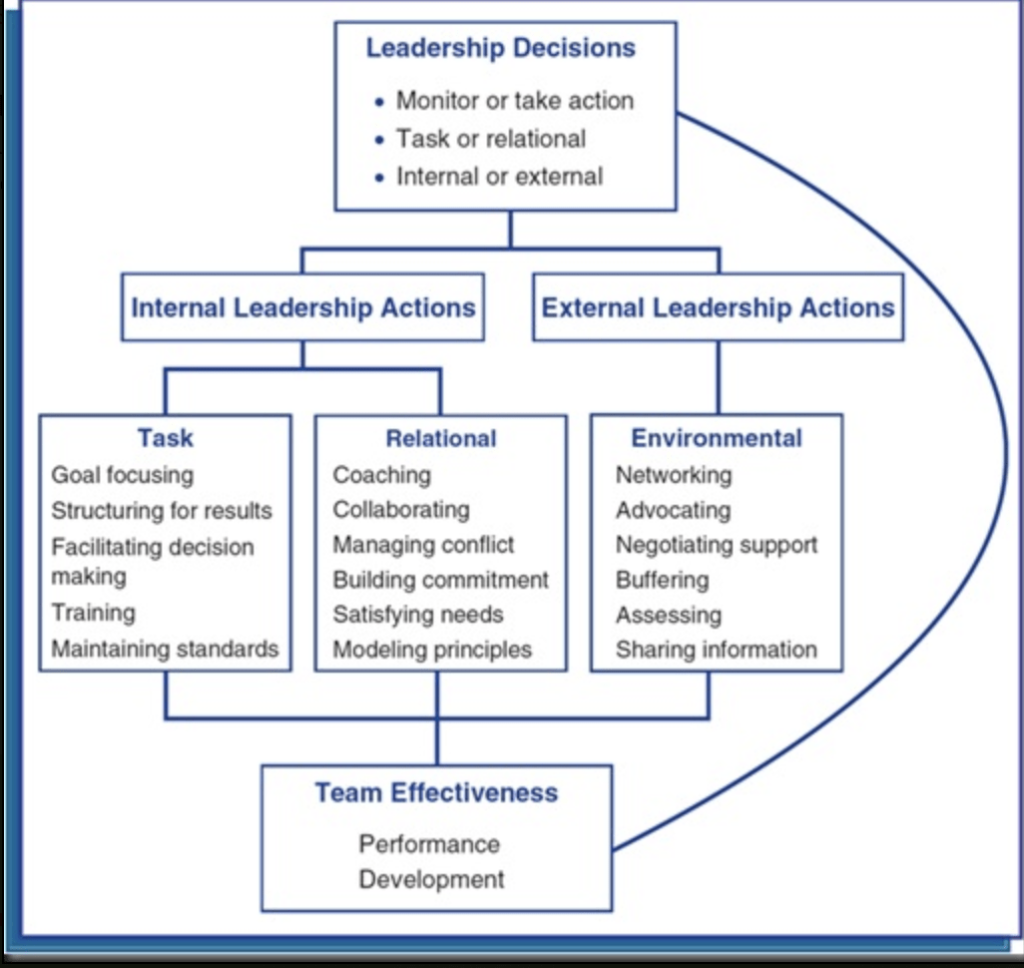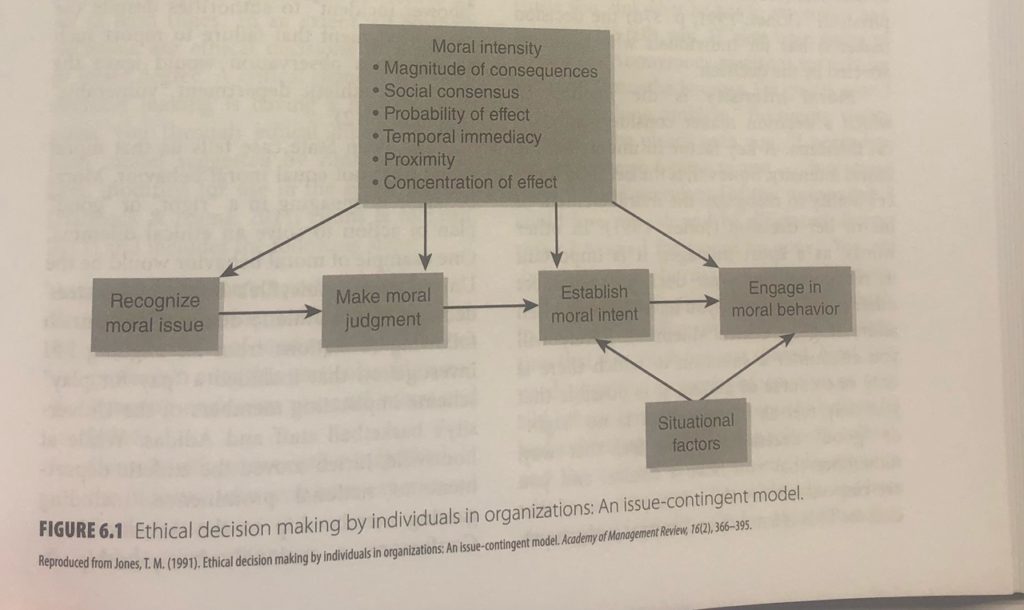Group dynamics! Behold the different decision pathways:
- Group leader makes decision alone (no influence felt, low conflict, fast time)
- Group leader assigns expert to make decision (little influence felt, low conflict, fast time)
- Group leader consults with group and then makes decision (some influence felt, low conflict, slower time)
- Mathematical computations (some influence felt, low conflict, fast-ish time)
- Voting (some influence felt, low conflict but can alienate minority, fast-ish time)
- Consensus (full influence felt, high conflict, slow time)
So depending on your goals, you may need to choose what method of decision making you use…..
Groupthink was named in 1972 (!!!) by Irving Janis, based on research such as WW2 military planning. A flaw in an otherwise desirable system that has a strong leader and a cohesive group with these features:
- Illusion of invulnerability
- Collective rationalization
- Stereotypes of outgroups
- Belief of the inherent morality of the group
- Pressure placed on dissenters
- Self-censorship
- Illusion of unanimity (created from previous two)
- Self-appointed mind guards (arise in response to previous three)
The dominant response is the phenomenon where someone already skilled at something improves while under observation, and someone unskilled at something decreases their performance. WHAT. Developed by Robert Zajonc, for further investigation.
Also social loafing is covered but I already knew that one.
Social facilitation is also a thing, similar to dominant response.
The question of whether more heads is better depends on whether the tasks can be divided up, and also what the secondary typology of measuring performance outcomes are, such as:
- Additive tasks (such as tug of war – prone to social loafing)
- Disjunctive tasks (the score of the best individual is the group score)
- Conjunctive tasks (the score of the worst individual is the group score, such as in mountain climbing)
- Compensatory tasks (mathematical average of group performance)
- Discretionary tasks (group has autonomy to determine performance measurement)
Conditions for team effectiveness:
- Must have inderdependence
- Otherwise the “team” is just a co-acting group
- Team must also have clearly delineated authority
- Team must also be stable over time
Hill’s model for team leadership:

Then there’s a segment on leading virtual teams that I’m not going to spend any time on haha


